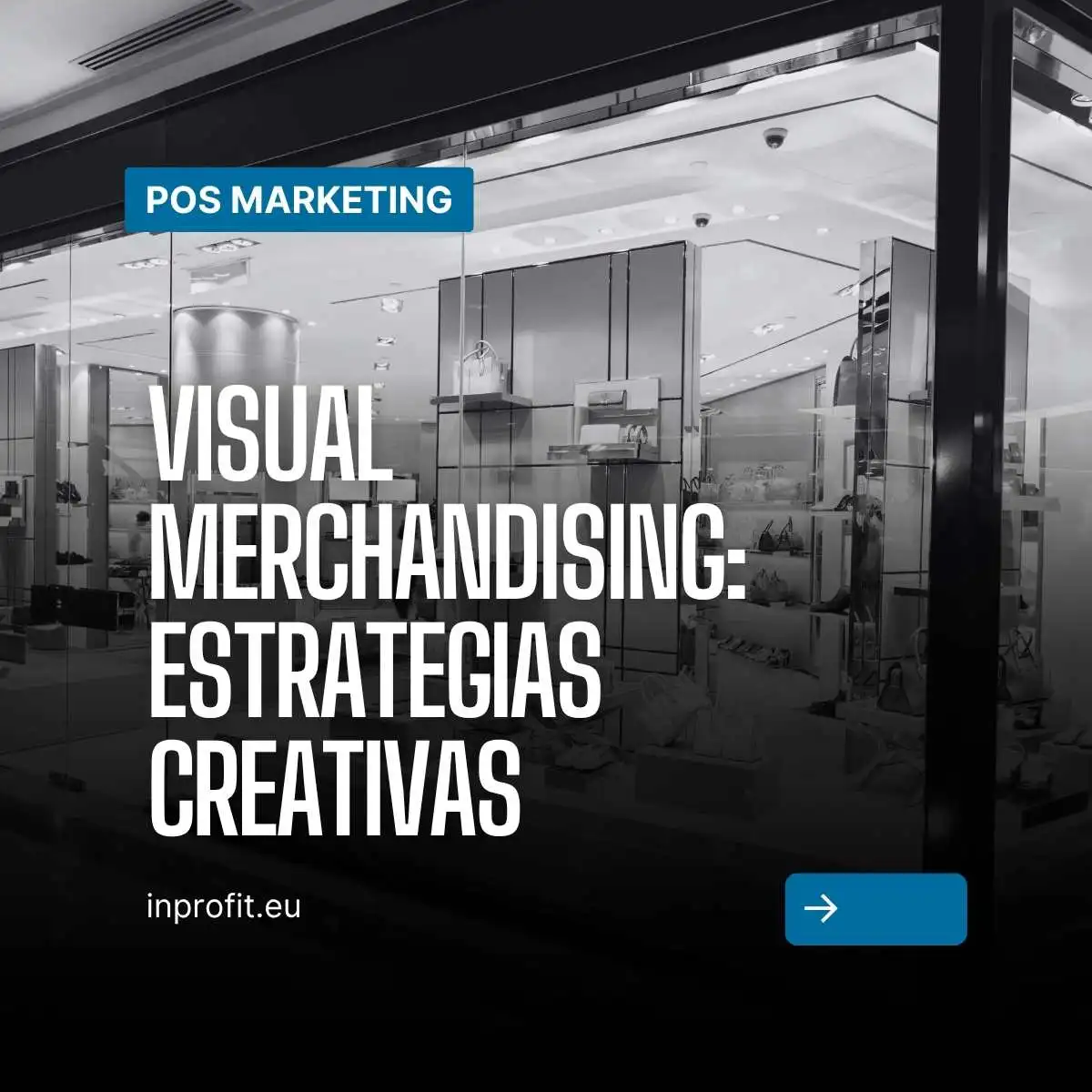
In the cosmetics industry, where competition is fierce and first impressions are crucial, packaging design has become a strategic element to capture consumer attention, communicate brand values and differentiate in a saturated market.

In the cosmetics industry, where competition is fierce and first impressions are crucial, packaging design has become a strategic element to capture consumer attention, communicate brand values and differentiate in a saturated market.

Visual merchandising is much more than decorating a store window or arranging products in a store.

Discover how branding strategies and a branding agency can transform your business. This article delves into key tactics for building a strong identity, optimizing for SEO and standing out on AI engines like Grok, with practical examples and tips for marketers.

Does your brand need a change? Learn how to identify the signs that indicate it's time for a rebranding and how to approach it strategically.

The branding of the future is not only about creating visually appealing brands, it is about building agile, relevant and authentic identities that evolve in pace with the needs and values of the contemporary consumer, consolidating deep and meaningful relationships that endure beyond passing trends.

The retail sector faces the ongoing challenge of capturing the attention of consumers, who are more informed, demanding and saturated than ever before.

Discover the evolution of brand innovation.

Packaging has evolved from being a simple product container to become a powerful communication and persuasion resource.

Storytelling has become the essential tool for brands looking to stand out and connect emotionally with their audiences. But traditional storytelling is no longer enough.

Street marketing bursts in like a breath of fresh air, injecting creativity and surprise into the heart of cities. This approach, focused on direct marketing tactics in public spaces, offers a unique opportunity to create emotional and lasting connections with the audience.
As technology and marketing become increasingly intertwined, a key concept emerges: “Martech”. This contraction of ‘marketing’ and ‘technology’ encapsulates the integration of technological tools into marketing strategies to optimize and improve the efficiency and effectiveness of advertising campaigns. Below, we will explore how the convergence of marketing, technology, strategy and Martech is redefining the digital marketing landscape and how companies can leverage these elements to gain a competitive advantage.
Marketing, at its core, has always sought to connect with the customer in the most effective and efficient way possible. With the evolution of digital technology, marketing strategies have evolved to adopt a number of tools that facilitate this objective. From marketing automation platforms to advanced data analytics and artificial intelligence solutions, technology has enabled marketers to personalize the user experience and improve the accuracy of their campaigns.
Implementing technology without a clear strategy is like navigating without a map; you may eventually reach your destination, but the road will be littered with inefficiencies and missed opportunities. Effective Martech strategy involves not only selecting the right tools but also integrating them in a way that aligns with the company’s long-term objectives. This means understanding the customer journey, personalizing interactions and automating processes at strategic points to optimize both customer acquisition and retention.
The implementation of an innovation laboratory in marketing and new technologies is essential to foster a culture of creativity and adaptation in all areas of the company. This space allows experimenting with emerging tools, such as artificial intelligence, big data or augmented reality, to develop more effective and personalized marketing strategies. By integrating these solutions, organizations can anticipate customer needs, optimize internal processes and improve data-driven decision making. Such a lab not only boosts the marketing area, but also generates a transversal impact by providing departments such as sales, operations or human resources with innovative tools that increase their efficiency and competitiveness.
On the other hand, an innovation lab acts as a catalyst for interdepartmental collaboration, breaking down silos and promoting a change-oriented mindset. By involving all areas of the company, from finance to production, it encourages the co-creation of solutions that address specific challenges and take advantage of market opportunities. For example, the use of technologies such as predictive analytics can help finance forecast revenue trends, while virtual reality can optimize human resources training processes. This integration ensures that innovation is not limited to marketing, but becomes a strategic pillar that permeates the entire organization, aligning objectives and maximizing results.
Finally, the adoption of an innovation lab positions the company as a leader in its industry, attracting talent and strengthening its brand image. In a business environment where digital transformation is key, having a space dedicated to exploring new technologies and methodologies ensures a sustainable competitive advantage. It also enables the company to respond quickly to changes in the market, adapting products, services and marketing campaigns to consumer expectations. This proactive approach not only enhances the customer experience, but also drives economic growth and organizational resilience, ensuring that all areas of the company are prepared to meet the challenges of the future.
Have you ever wondered what separates the companies that lead the market from those that lag behind?
It doesn’t matter if you’re a startup with big dreams or an established company looking to reinvent itself. Our team of strategy and growth experts are here to guide you every step of the way.
Ready to stop keeping up and start setting the pace?
© 2025 Inprofit